It’s amazing what you can find by the seaside simply by looking closely. During a recent garbage collection event on the beach of the river Elbe in Hamburg organized by the non-profit “AIDA – Friends of the Seas” the more peculiar finds included a pair of underpants, a wig, as well as a stun gun. More importantly though, our voluntary beach combers in Hamburg picked up precisely 3,595 cigarette butts – a lot, but not quite as many as a few days earlier, when, during a similar collection event on Markgrafenheide beach near Rostock, we came up with 3,723 butts.
I am happy that we found so many cigarette ends. For aren’t they garbage, too? Yes they are, and, generally speaking, it’s not good to leave them behind at the beach. Because usually all that remains of a cigarette after it’s been smoked is its filter, which decomposes very slowly and is full of toxins – for example, tar – which it has previously filtered out of the cigarette’s smoke. In short: cigarette ends shouldn’t be left behind in the sand – they’ll get eaten by sea birds or, worse, playing children will put them in their mouths.
The positive takeaway is that our organization was able to mobilize around 50 volunteers who helped us collect garbage. In addition to our own members, employees of AIDA Cruises, Carnival Maritime, Becker Marine Systems and Veolia as well as a number of other volunteers were sensitized to our issue: they now talk about it, actively support it and carry it further. Apart from that we actively removed trash from the environment, which otherwise would have posed a hazard to birds and other animals, and thereby ultimately to our own food chain, too.
That’s the reason our beach combers took special care to also look after the smaller bits and pieces: in addition to the cigarette butts they found glass shards, small plastic fragments including lollipop sticks and candy wrappers, Styrofoam, bottle caps and other debris. In Hamburg and Rostock they collected 7,318 cigarette butts, 935 scraps of plastic and over 850 glass shards in a total of two hours – that’s in addition to the aforementioned stun gun and other assorted curiosities. We will provide our figures to “Ocean Conservancy”, the organization behind the International Coastal Cleanup Day, which will add them to its global numbers.
“AIDA – Friends of the Ocean”, of which I am the chairwoman, has been concentrating on the battle against plastic waste in the oceans and on the beach and continues to organize events and campaigns in order to raise awareness for the issue. For instance, we educate the public about microplastics in cosmetics. Collection events are also a fixed date in our annual calendar.
We’ve been especially successful in relation to cigarette ends. In cooperation with several partners on the Baltic Sea we have developed the beach ashtray – a little container in which not only butts but also chewing gum, wrappers and other waste can be collected until the user next comes across a waste bin. During our garbage collection events we handed a set of these handy containers to local beach cafés, whom we asked to pass them on to their patrons. Because one thing became clear: by far the most trash accumulates in places where people linger and consume. Let’s hope that the number of cigarette ends on our next collection day in 2017 falls below the figure of 7,318. And let’s hope that there’ll be many volunteers willing to take part.
More information abour “AIDA Friends of the Ocean”
“AIDA Friends of the Ocean” on Facebook
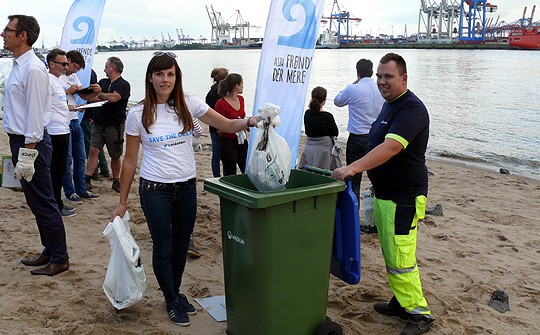

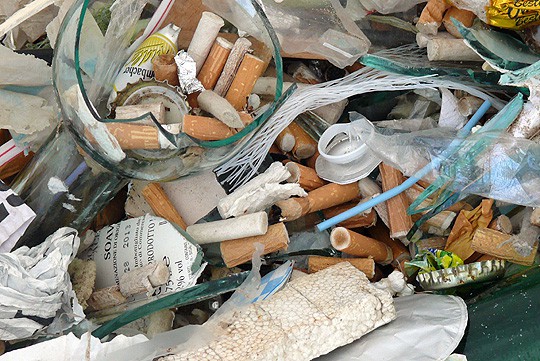
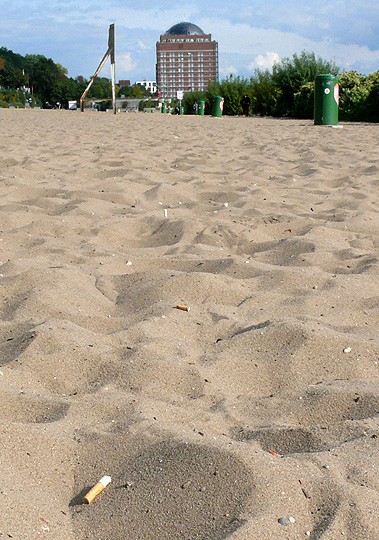
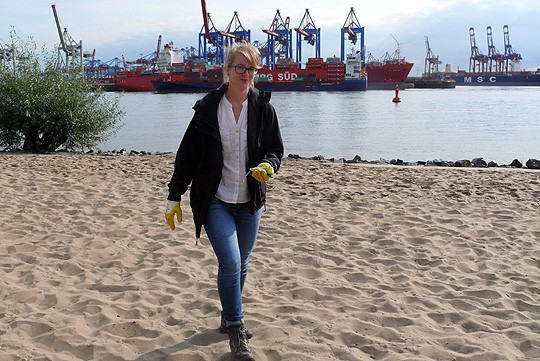
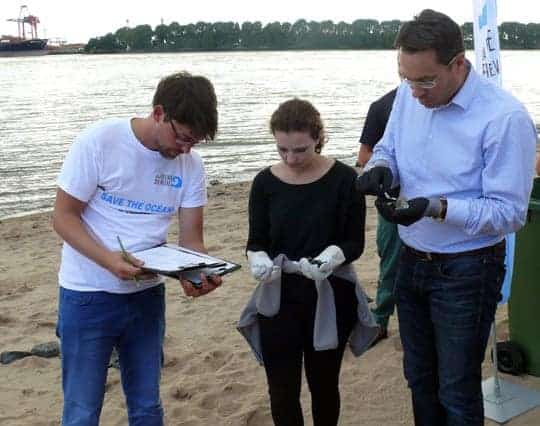
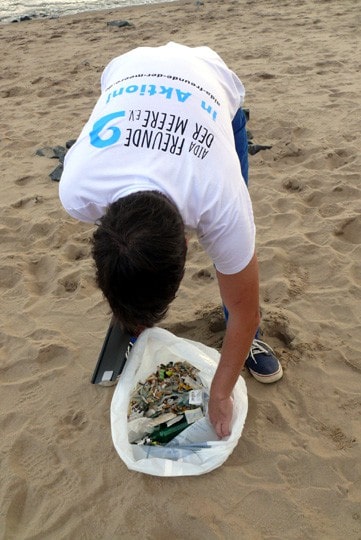
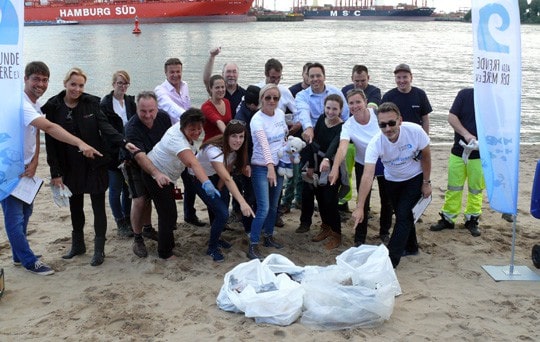
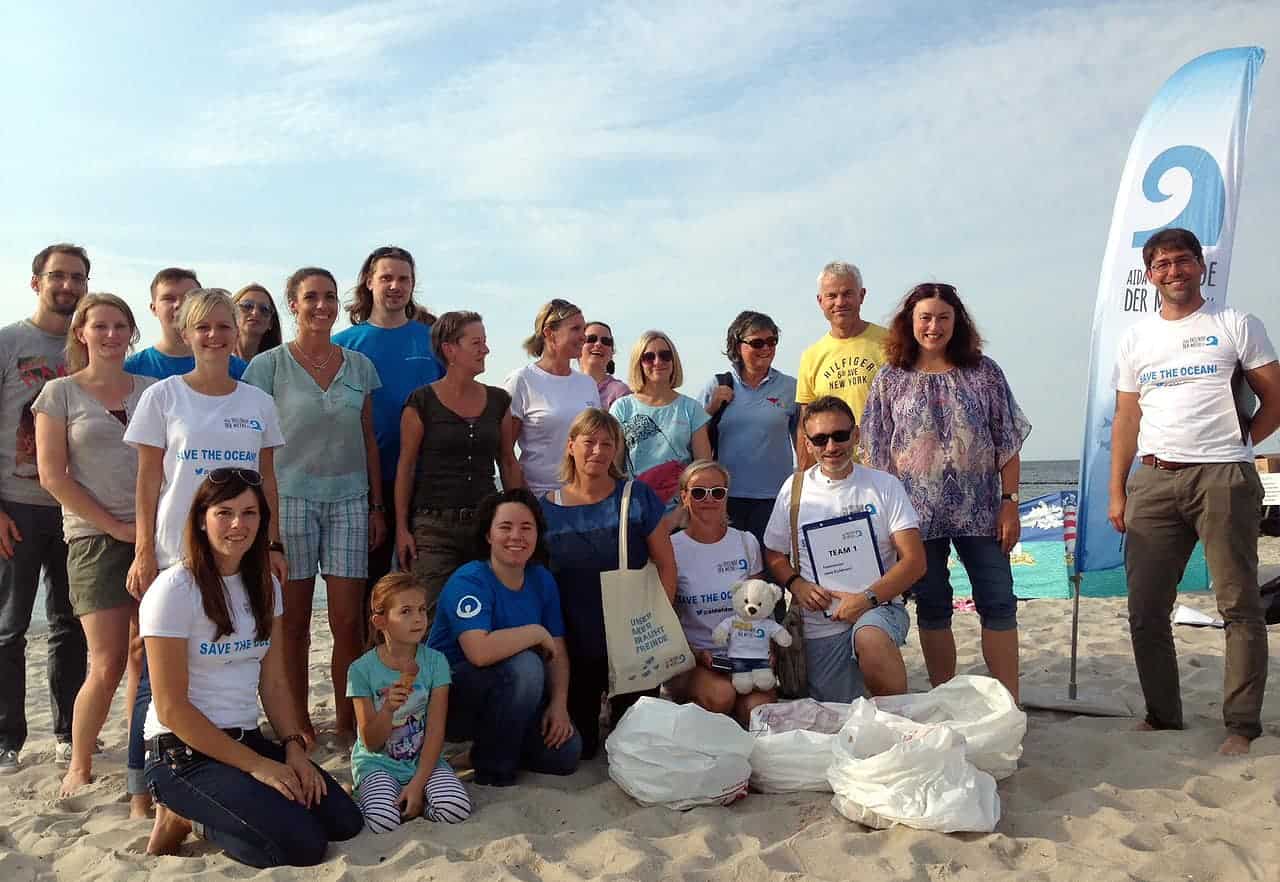
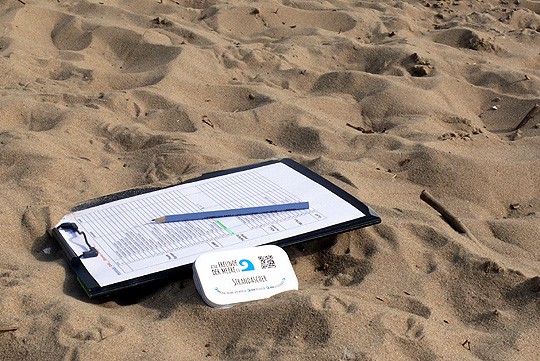
 Monika Griefahn GmbH
Monika Griefahn GmbH
Leave a Reply